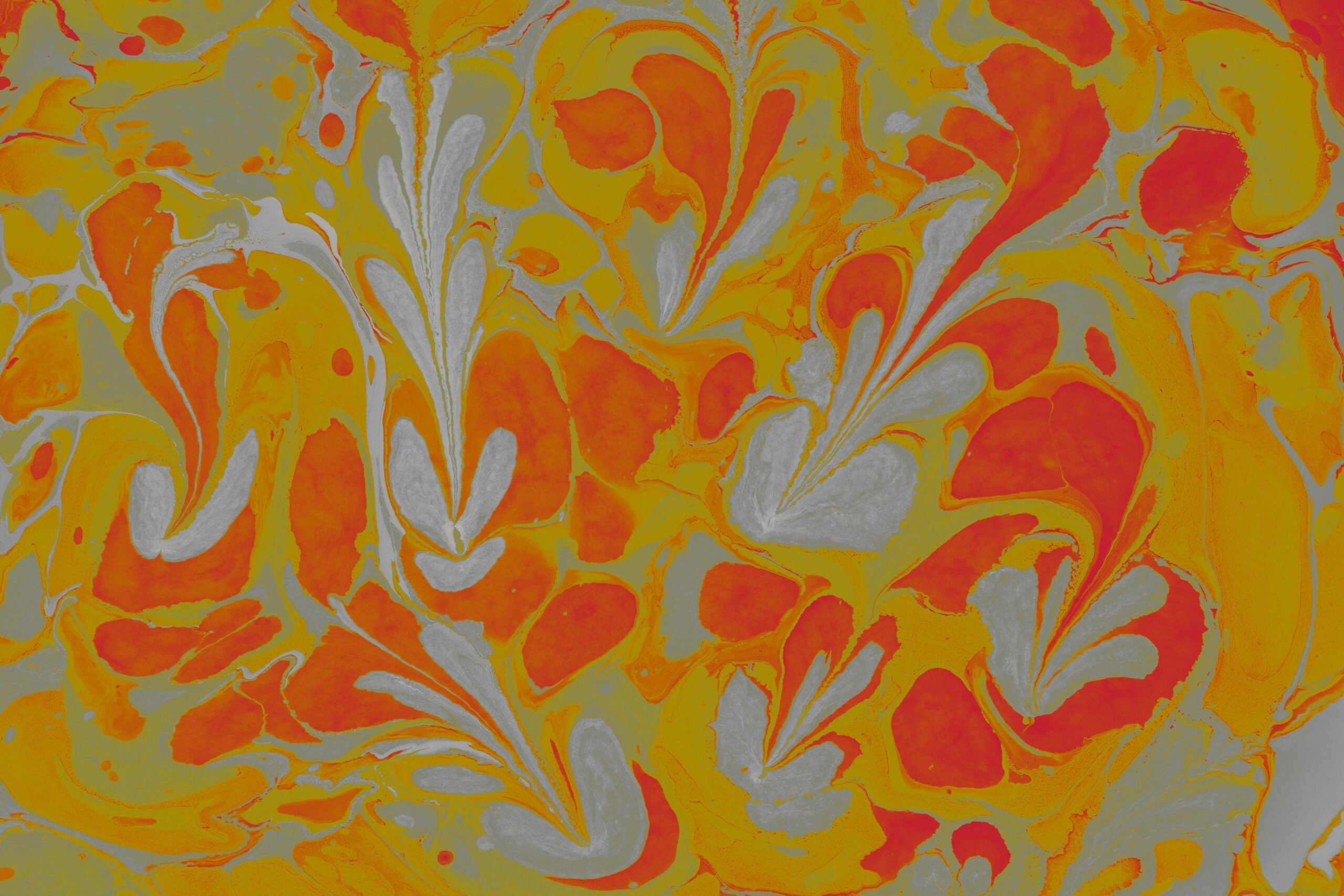Color Combination Techniques
Understanding how colors work together is essential in creating visually appealing Painting Ideas. Complementary colors, such as red and green or blue and orange, sit opposite each other on the color wheel, providing a vibrant and dynamic contrast. Analogous colors, such as blue, blue-green, and green, are adjacent to each other on the color wheel and create a harmonious and calming effect when used together. By mastering the principles of color theory, artists can confidently experiment with different combinations to evoke specific emotions or moods in their paintings.
In addition to traditional color harmonies, artists can also explore monochromatic color schemes by using variations of a single color. This technique allows for a subtle and sophisticated aesthetic, with shades, tints, and tones of the chosen color creating depth and interest in the artwork. Triadic color schemes, which involve three colors equidistant from each other on the color wheel, offer a balanced and bold approach to color combination. By incorporating these varied techniques into their artistic practice, painters can elevate their work and engage viewers on a deeper level through the power of color.
Different Painting Styles
Different painting styles encompass a wide range of artistic approaches and techniques that artists employ to express their creativity. From the bold brushstrokes of Impressionism to the precise lines of Realism, each style offers a unique way of interpreting the world around us. Some artists prefer the loose, gestural marks of Abstract Expressionism, while others gravitate towards the clean lines and geometric shapes of Cubism.
Each painting style has its own set of principles and characteristics that define it, making it important for artists to explore different styles to find the one that resonates with them. Whether it’s the vibrant colors of Fauvism or the dreamlike imagery of Surrealism, experimenting with various painting styles can help artists develop their own artistic voice and create truly individual works of art.
Tips for Choosing the Right Paint Colors
When it comes to choosing the right paint colors for your project, it’s essential to consider the mood and atmosphere you want to create. Warm colors like reds, yellows, and oranges can evoke feelings of energy and excitement, while cool tones such as blues and greens promote a sense of calm and relaxation. Neutral colors like whites, grays, and taupe are versatile and can act as a great base for other bolder hues.
Another important factor to consider is the natural lighting in the room where the paint will be applied. Rooms with ample natural light can handle bolder and brighter colors, while spaces with limited light may benefit from lighter shades to help open up the room and make it feel more spacious. It’s also a good idea to test paint samples on the walls before committing to a color, as lighting and surrounding decor can greatly affect how a color appears in a space.
Innovative Painting Techniques
Innovative painting techniques push the boundaries of traditional art methods and offer artists new ways to express their creativity. One such technique is using unconventional tools like sponges, toothbrushes, or even credit cards to create unique textures and effects on the canvas. By experimenting with different tools, artists can achieve unexpected and captivating results in their paintings.
Another innovative painting technique involves incorporating materials other than paint, such as sand, salt, or even coffee grounds, to add depth and interest to the artwork. These materials can be mixed with paint or applied on top of dried layers to create intriguing textures and visual contrasts. By thinking outside the box and embracing experimentation, artists can discover exciting new ways to elevate their paintings to a whole new level.
Creating Texture in Paintings
Texture in paintings adds depth and visual interest to artwork. Artists often use various techniques to create texture, such as layering paint with different tools or adding materials like sand or gel medium to their paintings. By manipulating the surface of the canvas, artists can evoke different emotions and create a more dynamic composition.
One way to achieve texture in paintings is through the use of palette knives. These tools allow artists to apply thick layers of paint in a way that creates ridges and valleys on the canvas. Artists can also experiment with sgraffito, a technique where wet paint is scratched off to reveal the layers beneath, adding texture and contrast to the artwork. Experimenting with different tools and materials can help artists discover unique ways to create texture in their paintings.
How to Incorporate Patterns in Your Paintings
Patterns can add depth and visual interest to your paintings, bringing a dynamic element to your artwork. Incorporating patterns into your paintings can be achieved through a variety of techniques such as using stencils, brushes, or even creating your own unique patterns freehand. By carefully selecting the right patterns to complement your subject matter, you can enhance the overall composition and create a more engaging piece of art.
Experimenting with different scales, colors, and combinations of patterns can help you achieve a dynamic and visually appealing result. Consider incorporating repetitive patterns to create rhythm and movement within your paintings. Additionally, mixing different types of patterns such as geometric, organic, or abstract can add complexity and intrigue to your artwork. By exploring the use of patterns in your paintings, you can elevate your artistic style and create pieces that captivate and inspire viewers.
Painting Tools and Materials You Need
One of the essential steps in preparing for a painting project is gathering the necessary tools and materials. Some basic items you will need include various sizes and types of paintbrushes, a palette for mixing colors, and different types of paints such as acrylics, watercolors, or oils. Additionally, having a good quality canvas or paper to paint on is crucial for achieving a polished final piece.
In addition to brushes and paints, other tools and materials that can aid in your painting process include palette knives for mixing and applying paint, a range of pencils for sketching your ideas before painting, an easel to support your canvas or paper, and a variety of mediums to alter the consistency and texture of your paints. Investing in high-quality tools and materials will not only improve the overall look of your paintings but also enhance your painting experience.
Inspiration for Abstract Paintings
When seeking inspiration for abstract paintings, look to nature for a wealth of ideas. The intricate patterns and organic shapes found in the world around us can serve as a rich source of creativity. Consider the fluidity of water, the textures of tree bark, or the colors of a sunset as starting points for your abstract compositions. Nature offers endless possibilities for unique and visually stimulating artworks.
In addition to nature, architecture can also be a great source of inspiration for abstract paintings. The clean lines, diverse textures, and bold shapes found in buildings and structures can spark new ideas for your artistic creations. Take note of the geometric forms, shadow play, and abstract shapes present in architectural designs, and consider how you can translate these elements into your own abstract artworks.
Nature-Inspired Painting Ideas
Nature-inspired painting ideas draw upon the beauty and serenity found in the natural world. Artists often look to the colors, shapes, and movements found in landscapes, forests, oceans, and skies for inspiration. By incorporating elements such as flowing water, vibrant foliage, or dramatic sunsets into their artwork, painters can evoke a sense of calm and connection with the environment.
One approach to creating nature-inspired paintings is to experiment with different techniques such as layering colors to mimic the changing hues of a sunset, using textured brushstrokes to replicate the rough bark of a tree, or blending shades to capture the softness of a flower petal. By exploring these techniques, artists can infuse their paintings with a sense of depth and realism, allowing viewers to feel transported to the natural scenes depicted on canvas.
Creating Depth and Dimension in Paintings
To enhance the visual appeal of a painting and bring it to life, creating depth and dimension is essential. One effective technique is to use varying shades of a color to create the illusion of distance. Lighter colors can be used for objects in the foreground, while darker tones can be applied to objects in the background, making them appear further away.
Another way to add depth to a painting is by incorporating overlapping elements. By strategically placing objects in front of each other, the painting gains a sense of depth as the viewer’s eye navigates through the layers. Additionally, using techniques such as perspective and shading can further emphasize the three-dimensional quality of the artwork, making it visually engaging and captivating.
How can I create depth and dimension in my paintings?
You can create depth and dimension in your paintings by using techniques such as layering colors, playing with light and shadow, and incorporating perspective.
What are some innovative painting techniques I can use to add depth to my artwork?
Some innovative painting techniques you can use to add depth to your artwork include using a dry brush technique, splattering paint, or incorporating mixed media elements.
How can I choose the right paint colors to create depth in my paintings?
To choose the right paint colors to create depth in your paintings, consider using a mix of cool and warm colors, as well as experimenting with complementary or analogous color schemes.
What tools and materials do I need to create depth and dimension in my paintings?
Some tools and materials you may need to create depth and dimension in your paintings include different types of brushes, a variety of paint colors, and textured mediums such as gel or modeling paste.
Can I use patterns in my paintings to add depth and dimension?
Yes, you can use patterns in your paintings to add depth and dimension by incorporating repetitive shapes or designs that create visual interest and movement.
How can nature-inspired painting ideas help me create depth in my artwork?
Nature-inspired painting ideas can help you create depth in your artwork by drawing inspiration from natural elements such as trees, water, or landscapes, and incorporating them into your compositions.
For more Painting Ideas follow on Pinterest.

